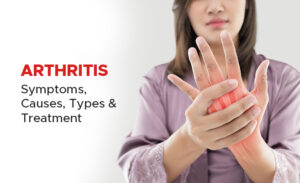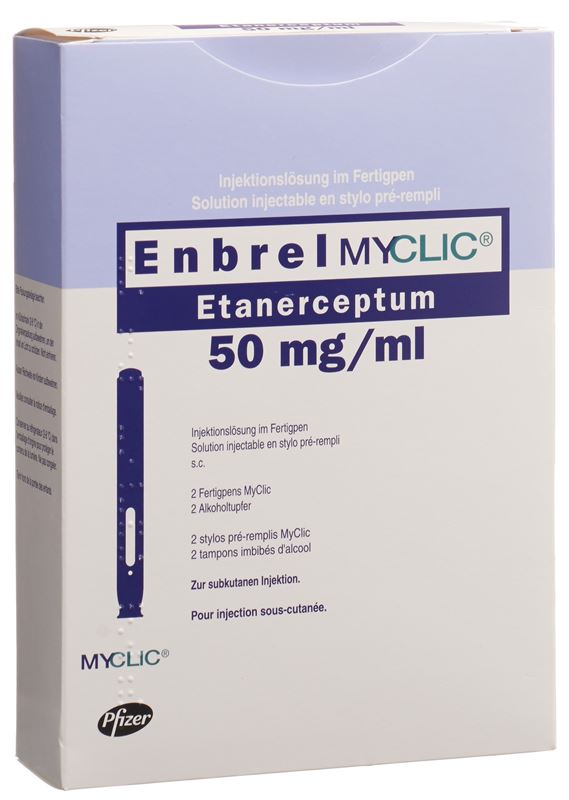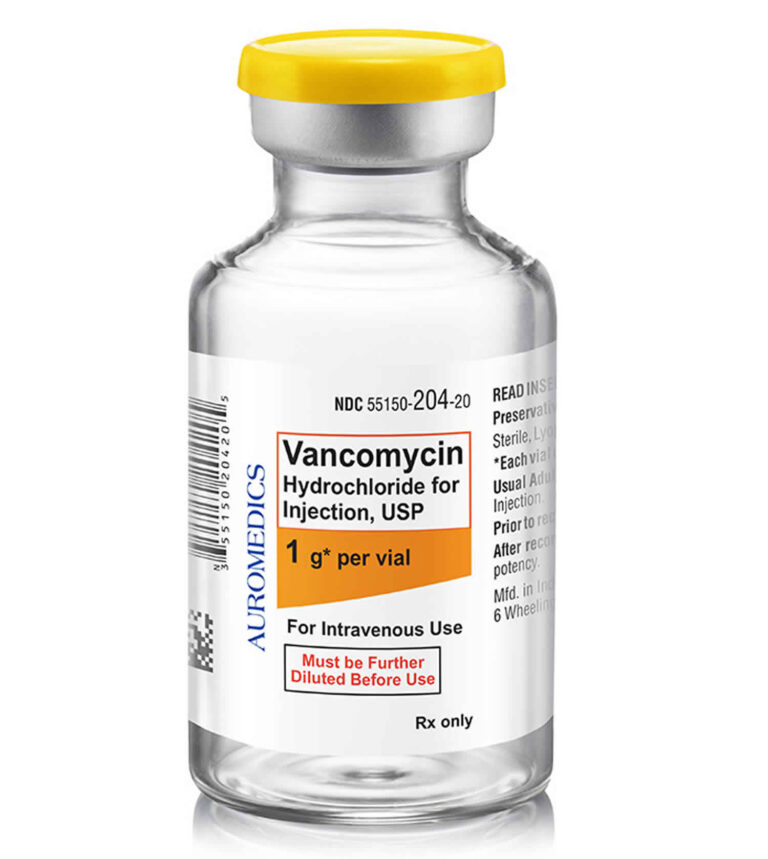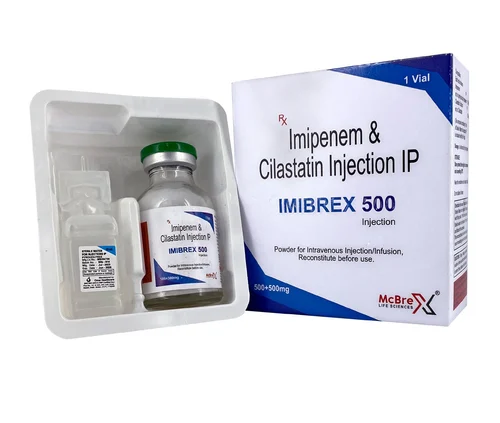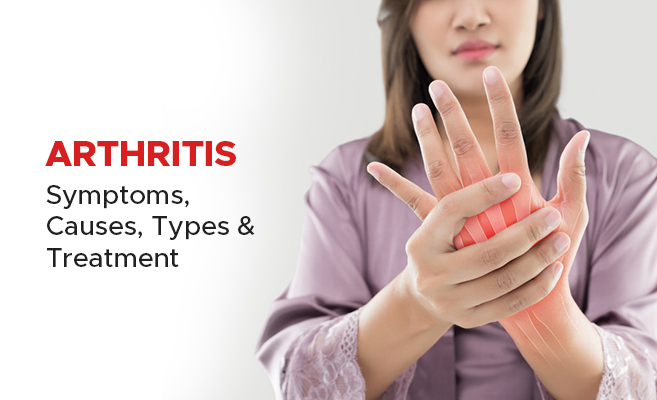
Arthritis is a common medical condition that causes inflammation in one or more joints, which results in pain, stiffness, and reduced movement. It affects people of all ages, although it is more common among older adults. Arthritis encompasses over 100 different types, with osteoarthritis and rheumatoid arthritis being the most prevalent.
Common Symptoms of Arthritis
Arthritis can have several symptoms depending on the type of arthritis. Common symptoms are the following.
- Joint Pain (Most common symptoms)
- Joint stiffness
- Swelling (Inflamed joints)
- Redness (The skin around the affected joint may appear red)
- Limited Range of Motion: (joint movement becomes restricted)
- Fatigue: (people with arthritis experience chronic fatigue)
- Fever: Some forms of arthritis, like rheumatoid arthritis, can cause low-grade fever.
Causes of Arthritis
Causes of vary depending on the type.
Osteoarthritis (OA)
- Wear and Tear
OA is due to the wear and tear of cartilage, which protects the joints. Over time, cartilage deteriorates leading to pain and stiffness.
- Age
The risk of OA increases with age, particularly after the age of 50.
- Injury
It is proposed that previous joint injuries can promote the possibility of osteoarthritis.
Rheumatoid Arthritis (RA)
- Autoimmune Disorder
RA develops when the immune system mistakenly attacks the synovium (lining of the joints), causing inflammation and joint damage.
- Genetics
Family history plays a role in the development of RA, and genetic factors may increase susceptibility.
- Hormonal Factors
Women are more likely than men to develop RA, suggesting a hormonal link.
Other Types of Arthritis
Caused by the saturation of uric acid crystals in the joints.
- Psoriatic Arthritis
Linked to the skin condition psoriasis, this type can cause joint inflammation.
- Lupus
An autoimmune condition that affects various parts of the body, including the joints.
- Infectious Arthritis
Caused by bacterial, viral, or fungal infections.
Diagnosis of Arthritis
Following methods help to diagnose arthritis.
- Physical Exam
- Blood Tests
- X-Rays or MRIs
- Joint Fluid Analysis
Treatment and Management of Arthritis
Although it cannot be cured, its symptoms can be effectively managed through medication, lifestyle changes, and sometimes surgery. The goal of treatment is to reduce pain, improve joint function, and prevent further damage.
Medications for Arthritis
Several types of medications are commonly used to treat this condition, depending on the type and severity of the condition.
- Nonsteroidal Anti-Inflammatory Drugs (NSAIDs)
- Used to reduce inflammation and relieve pain.
- Common examples are Ibuprofen, Naproxen, and Diclofenac.
- Acetaminophen
- Effective for pain relief but does not reduce inflammation.
- Common example areTylenol.
- Disease-Modifying Antirheumatic Drugs (DMARDs)
- These drugs are used to slow down or stop the progression of autoimmune arthritis, such as rheumatoid arthritis.
- Common examples are Methotrexate, Hydroxychloroquine, Sulfasalazine.
- Biologic Response Modifiers
- Target specific parts of the immune system and are often used for severe rheumatoid arthritis.
- Common examples are Adalimumab, Etanercept, and Infliximab.
- Corticosteroids
- Help reduce inflammation quickly but are not recommended for long-term use due to potential side effects.
- Common examples are Prednisone and Cortisone injections.
- Topical Treatments
- Creams and ointments can be applied directly to affected joints to relieve pain.
- Common example is Capsaicin cream.
- Uric Acid-Lowering Medications (for Gout)
- Medications like Allopurinol help lower uric acid levels in the body, preventing gout attacks.
Physical and Occupational Therapy
- Physical Therapy
Exercises designed to strengthen muscles and improve joint function.
- Occupational Therapy
Helps individuals find ways to perform daily tasks more easily and comfortably, using tools or adaptive devices.
Lifestyle Changes for Arthritis Management
Some lifestyle changes can improve and relieve disease symptoms
- Exercise
Regular low-impact exercise like swimming or walking helps maintain joint flexibility and strength.
- Weight Management
Maintaining a healthy weight reduces the strain on weight-bearing joints, like the knees and hips.
- Diet
Eating anti-inflammatory foods, such as omega-3 fatty acids (found in fish), may help reduce symptoms. Avoiding processed foods and excessive alcohol can also be beneficial.
- Heat and Cold Therapy
Applying heat or cold packs to joints can help reduce pain and inflammation.
Surgical Treatment Options
In few cases, when arthritis causes severe joint damage, surgery may be necessary.
- Joint Replacement Surgery
Common for hips, knees, and shoulders. The damaged joint is replaced with a prosthesis.
- Arthroscopy:
A minimally invasive procedure that allows doctors to remove damaged tissue or repair joints.
- Fusing Joints
In cases of severe arthritis, some joints may be surgically fused to reduce pain.
Conclusion
Arthritis is a complex condition that can significantly affect a person’s quality of life. While the exact cause can vary depending on the type, managing arthritis involves a combination of medication, therapy, and lifestyle changes. Consult your medical professional if you experience any symptoms.
